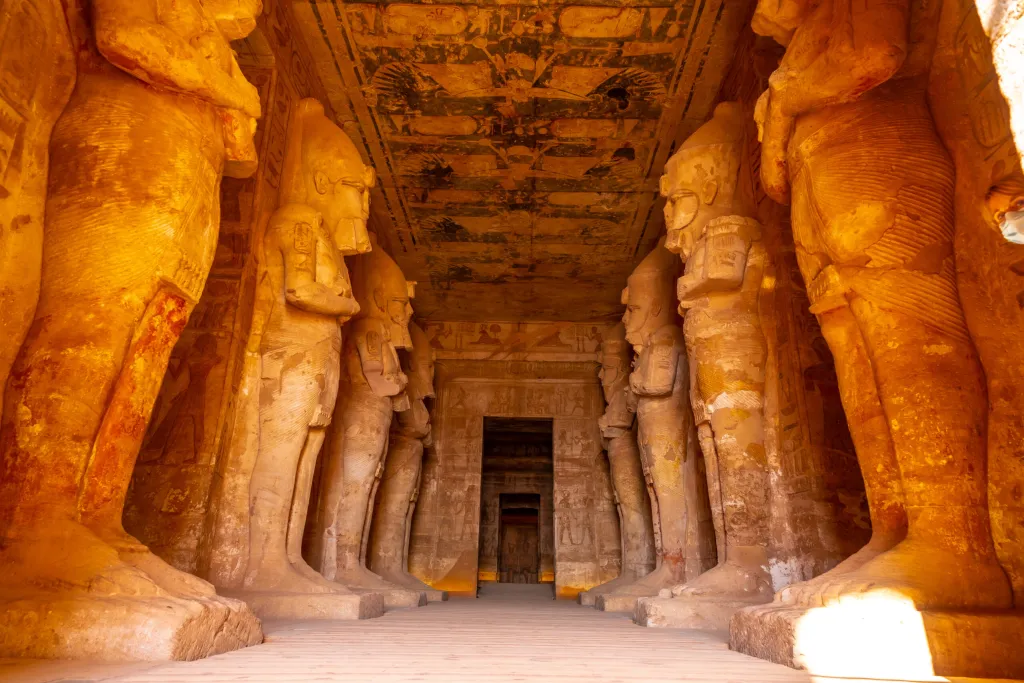Your cart is currently empty!

The African Origins of Civilization: What They Don’t Teach in Schools
Walk into most schools today and you’ll likely hear that civilization began in places like Mesopotamia or Greece. You’re taught that science, mathematics, medicine, and philosophy were European contributions. But if you’ve been studying African Origins seriously, you know that narrative doesn’t hold up.
The truth is, long before Greece, long before Rome, long before the so-called “cradles of civilization,” there was Kemet.
Kemet is the name that the ancients used to describe their land. It means “The Black Land.” Now, some say this referred to the fertile soil of the Nile Valley. But those of us who have studied the people, the culture, and the legacy of Kemet know it was also a reference to the people themselves. They were Black. They were African. And they were brilliant.
This is the story they don’t teach you in school. But it’s written in stone.

The Foundation of the Sciences
If you’ve ever stood before the Great Pyramid, you understand this wasn’t built by guesswork or superstition. The builders of Kemet understood geometry, engineering, astronomy, and logistics. Every stone was placed with intent. The alignment of temples and pyramids with the stars is not coincidental. It reflects a scientific understanding that predates the Greek world by thousands of years.
We are often told that Pythagoras “discovered” the 3-4-5 triangle. But that formula was being used by builders in Kemet long before Pythagoras was born. The proof is in the architecture.
When you study Imhotep, you find a man who was both a healer and an architect. He designed the Step Pyramid of Djoser, and he wrote medical treatises that include surgical techniques and plant-based remedies. Imhotep lived nearly 2,000 years before Hippocrates. Yet one is called “the father of medicine” while the other is nearly forgotten outside of African-centered study.
Black African People Built Kemet
Let me be clear. The people who built Kemet were Black Africans.
This is not just my opinion. This is not some fringe theory. This is supported by the physical evidence — the statues, the paintings, the hairstyles, the medu netcher (hieroglyphs), and the geographical flow of culture from the south to the north.
Kemet did not rise from the Mediterranean. It rose from Nubia, from the heart of Africa, and it moved north along the Nile. In fact, when you visit Aswan and Elephantine Island, and you speak with Nubian scholars, you begin to understand that the south is the root of it all.
But over time, the image of these people changed. Not because the truth changed, but because of colonial influence.
The Whitewashing of African History
Colonial scholars had a problem. If the world knew that Africa birthed civilization, it would destroy the myth of African inferiority. So they rewrote history.
They removed noses from statues. They repainted images with lighter skin. They labeled spiritual systems as “mythology” while embracing the borrowed fragments in European systems as divine truth.
Museums across the Western world are filled with artifacts from Kemet, but the interpretation is filtered through a colonial lens. The names are changed. The people are lightened. The story is stripped of its African context.
This was no accident. It was strategic.
What We Must Do Now for Our African Origins
We can’t wait for school systems to catch up. We must teach ourselves. We must teach our children. We must study the texts, walk the land, and listen to the voices of our ancestors.
Kemet wasn’t a mystery. It wasn’t a myth. It was a thriving African civilization that shaped the world. And it is our duty to reclaim it — not just for the sake of pride, but for the sake of truth.
If you want to understand modern civilization, you need to understand Kemet. If you want to understand yourself, your lineage, and your purpose, you need to understand the values that guided our ancestors — values like Ma’at, which stood for balance, truth, justice, and reciprocity.
Those values built Kemet. And they can still build us today.
Join the journey. Reclaim the legacy. The truth is written in stone.
📖 For more resources about African Origins, visit Kemet101.com where you can find books, learning tools, and information on our upcoming educational tour.

